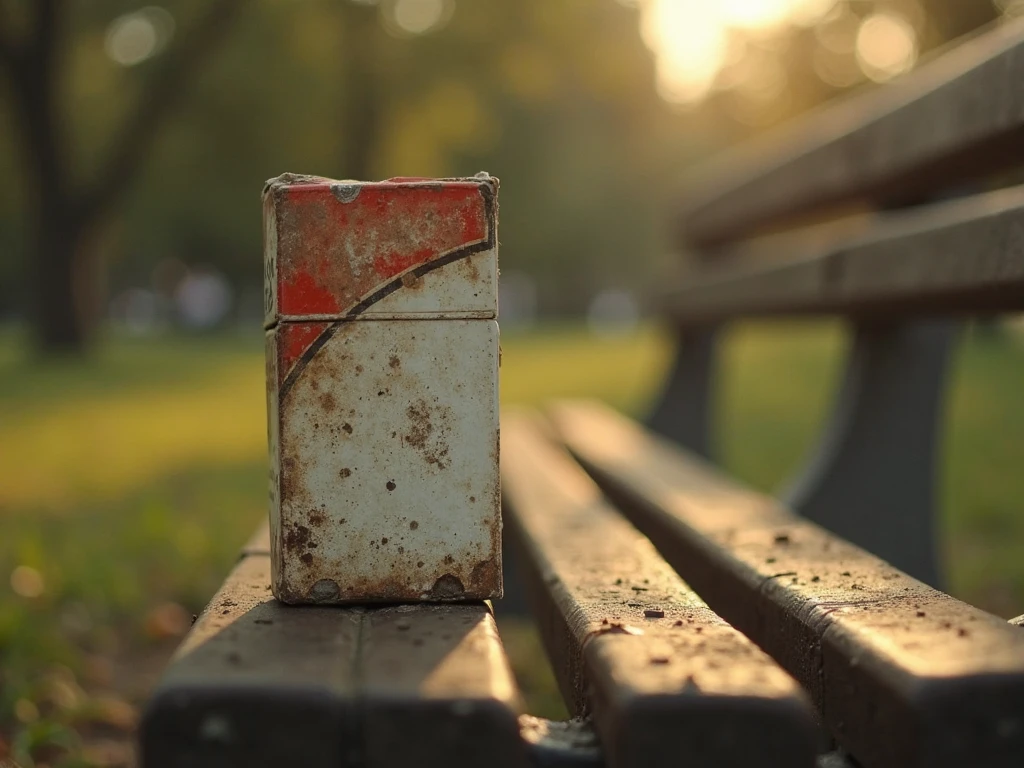
Somewhere in Western Europe, 1977
In a peaceful neighborhood of some Western European city, there was a building. It wasn’t luxurious, but the second floor had a nice little balcony. Above the flower pots, where green leaves that soaked up the summer sun, there were also almost always white towels drying on the clothes line. But only that specific July evening, there was a yellow towel. A young man, in his mid-20s, dressed in typical average clothes of the era, passed by the building, took a subtle peek at the balcony, and left further, to the nearest park. Minutes before he arrived, a blonde woman with huge eyeglasses took bubble gum from a little box she pulled out of her purse. She took one piece of gum, looked above, and saw a squirrel in the tree. She frowned and left the area. But before that, her bubble gum box was on the ground. It would probably have stayed there if the man who just arrived hadn’t picked it up.
Dead drops were a crucial method of spy tradecraft during the Cold War. It was a successful means of espionage tradecraft. So, stories like the one from the beginning of this article weren’t rare.
Clandestineness for Success
An agent, no matter if they were Eastern or Western, used a dead drop to avoid face-to-face meetings and maintain operational security. This kind of exchange also had other advantages. By not knowing the connection they communicated with, they could also preserve the clandestineness. If the agent was a foreigner operating on enemy soil, they didn’t need to speak the local language. Using a dead drop provided the adaptability, and the agent, in an emergency, could easily be replaced by another agent.

Location vs. Portable Dead Drop
As mentioned at the beginning of this story, these agents used a box of bubble gum in a park. So, parks, squares, public buildings, and similar places were often used as a place for this type of exchange. Apart from permanent locations for a dead drop, the use of a portable dead drop was more practical because it was easier to find locations for them. Boxes, bottles, cans, and similar objects, often all damaged or washed, lay in plain sight. They were old and boring. No one was interested in them. They were a perfect cover for information that could turn the course of history.
“The Coast is Clear! – Proceed!”
For the successful use of a dead drop, an agent needed to check if the coast was clear. That meant usually taking a walk far away from the dead drop location and checking if they are under surveillance. By approaching the dead drop, the agent would, to be sure, check once again if there were being surveilled. If not, they would continue the operation and approach the location. Depending on the operation, the agent would send a certain signal that the dead drop was loaded or unloaded.

If the Agent Was Compromised…
Apart from being a very practical method in Cold War intelligence operations, a dead drop also had its disadvantages. If the agent was compromised, they could reveal both the dead drop location and the specific signal for it. In that case, counterintelligence could use double agents for misinformation or the identification of other operatives.
Watch for the Squirrels
If the dead drop was in the park, the agent needed to pay attention to the possible factors of surprise that could destroy the material. They involve animals, too. The lady at the beginning of the story knew this. And therefore, she “missed” her box of bubble gum on the ground.
